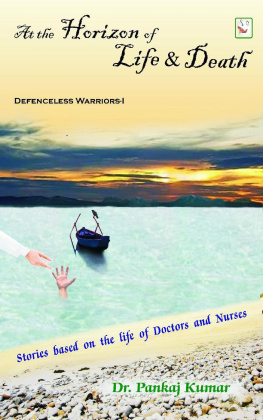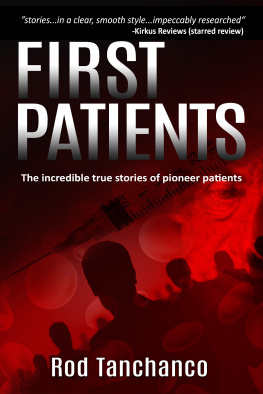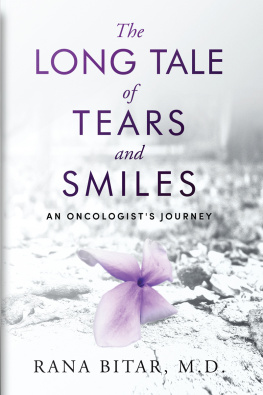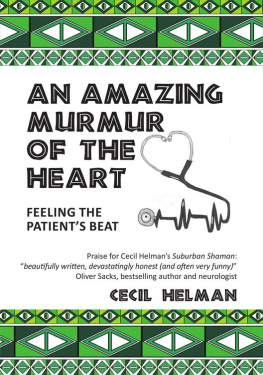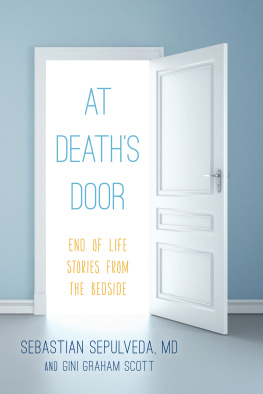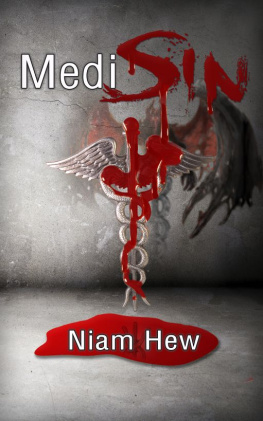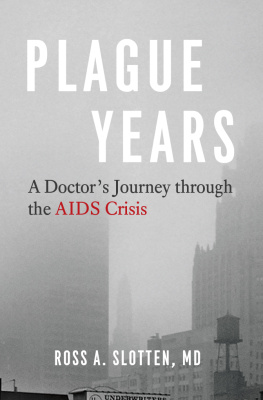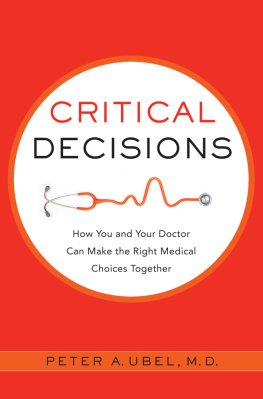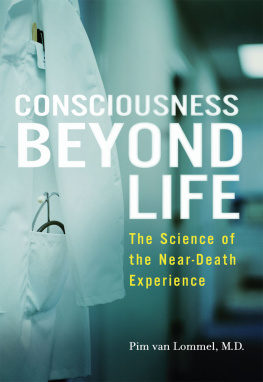At the Horizon of Life & Death
Defenseless Warriors-1
Pankaj Kumar
Published by Pankaj Kumar, 2021.
This is a work of fiction. Similarities to real people, places, or events are entirely coincidental.
AT THE HORIZON OF LIFE & DEATH
First edition. November 5, 2021.
Copyright 2021 Pankaj Kumar.
Written by Pankaj Kumar.
10 9 8 7 6 5 4 3 2 1
Contents
At the Horizon
of
Life and Death
Stories based on life of doctors,
nurses and critical patients facing death
Stories are fictional but problems depicted are real
By
Dr PANKAJ KUMAR
Internal Medicine & Critical Care
Copyright
All rights reserved. No part of this book is to be used or reproduced by any means, graphics, electronics, photocopying, recording and taping or by any information storage retrieval system without written permission of the author or publisher.
First Edition: October 2021
Independent Publishing Platform
T he stories are fictional , but the depiction of the problems faced by the doctors, nurses and patients are real. The episodes described in the book do not pertain to any single particular person, patient, doctor, nurse, hospital and organization. All the characters, names and dialogues in the book are a figment of the imagination of the author. Similarity to any person, any situation or organization is purely coincidental.
The stories are not against any profession, law, and word of courts, any government or any organization or rules of any country. They depict the problems commonly faced by doctors in performing their duties which are likely to affect the patient directly.
Dr Pankaj Kumar
MBBS. MD. Internal Medicine 1994
Diploma Health Management (NIHFW)
CCST EQ. (UK)
Worked at Medical College Rohtak
AIIMS Delhi, CMC Vellore
St Stephens Hospital Delhi
Presently Director Critical Care
Fortis Hospital Shalimar Bagh
Delhi India-110088
Authorextinctdoctorgood.com
A tribute to all frontline workers who have spent the last one-and-a-half years fighting the Covid pandemic
&
To all those patients, who provided me with an opportunity to treat them in critical conditions,
making me encounter life and death at close quarters which helped me shape my mind. Without those experiences, I would not have been the person
that I am today.
T he human body, with the intricate mechanisms of pathology and vast plethora of biochemical cascades, is too complex and its explicit design is beyond any ones comprehension. Doctors spend their lifetime trying to understand its idiosyncrasies but the answer to the mystery still remains elusive to them. The more experienced the physician gets, the more he becomes aware of his limits, about this wonderful natural machine which has evolved over millions of years.
But in the present era of consumerism, an idea is propagated that doctors can control life and death. And a single adverse event out of million lives saved is portrayed as their failure, to trivialise the larger good work done by medical community, and to impinge upon their dignity. Consequent to the culture of blame and mistrust, doctors have lost their authority, dignity and respect, ultimately to patients peril. Consequently, there is not much art of medicine left and it has been replaced by consumerism and medico-legal stress. Patients as consumers remain oblivious and ignorant not only to their own loss, but also to the real issues.
The compilation of stories aims to create awareness amongst doctors, patients, nurses and medical students, since similar issues would afflict all of them at some point in their professional life. The author genuinely hopes to ignite a constructive discussion among masses, policy makers, doctors and legal systems to achieve an ideal health care delivery system.
Dr Pankaj Kumar
I am writing a book for the first time, in an effort to highlight various problems faced by doctors, which hinder their professional work. For same reasons, I had made my debut in writing about four years back with a blog (extinctdoctorgood.com) talking about these issues. Patients growing mistrust and prejudice against doctors are becoming heavy burden for medical professionals, but these will ultimately harm patients themselves.
This book, through its fictional stories, depicts the real problems, encapsulates many issues that ultimately distract the doctors away from their real point of intention- the treatment of the patient .
The most important contributors to the book still remain the patients, who teach us beyond text books. For writing a book of such dimension, there are a lot many people to thank; I would like to express my gratitude to
Dr Priya Jagia, my wife and a Professor in Cardio-vascular and Interventional Radiology and my most fierce book critic. Her inputs were of vital help in editing, and in shaping of this book.

